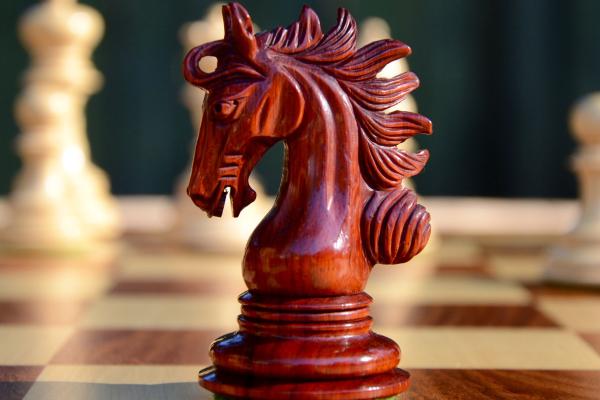Article

A bright idea
What do computers and light switches have in common? Yutaka Nishiyama illuminates the connection between light bulbs, logic and binary arithmetic.




